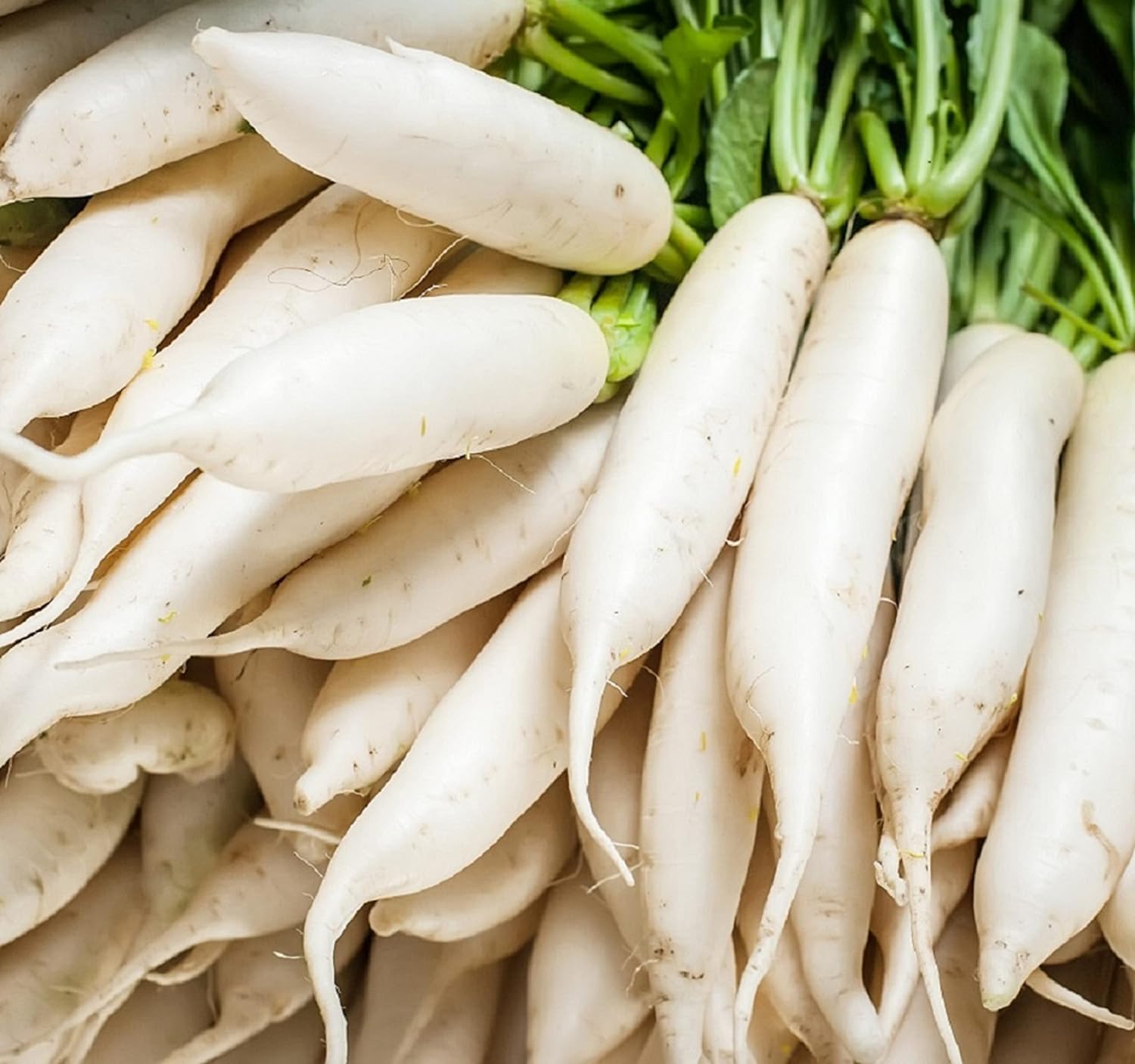5 Cold-Hardy Vegetables You Can Grow in December – There Are Even Some That Grow in the Snow
These tough vegetable varieties won't be put off by frost, snow or whatever else the winter weather throws at them. In fact, they will taste all the sweeter for it
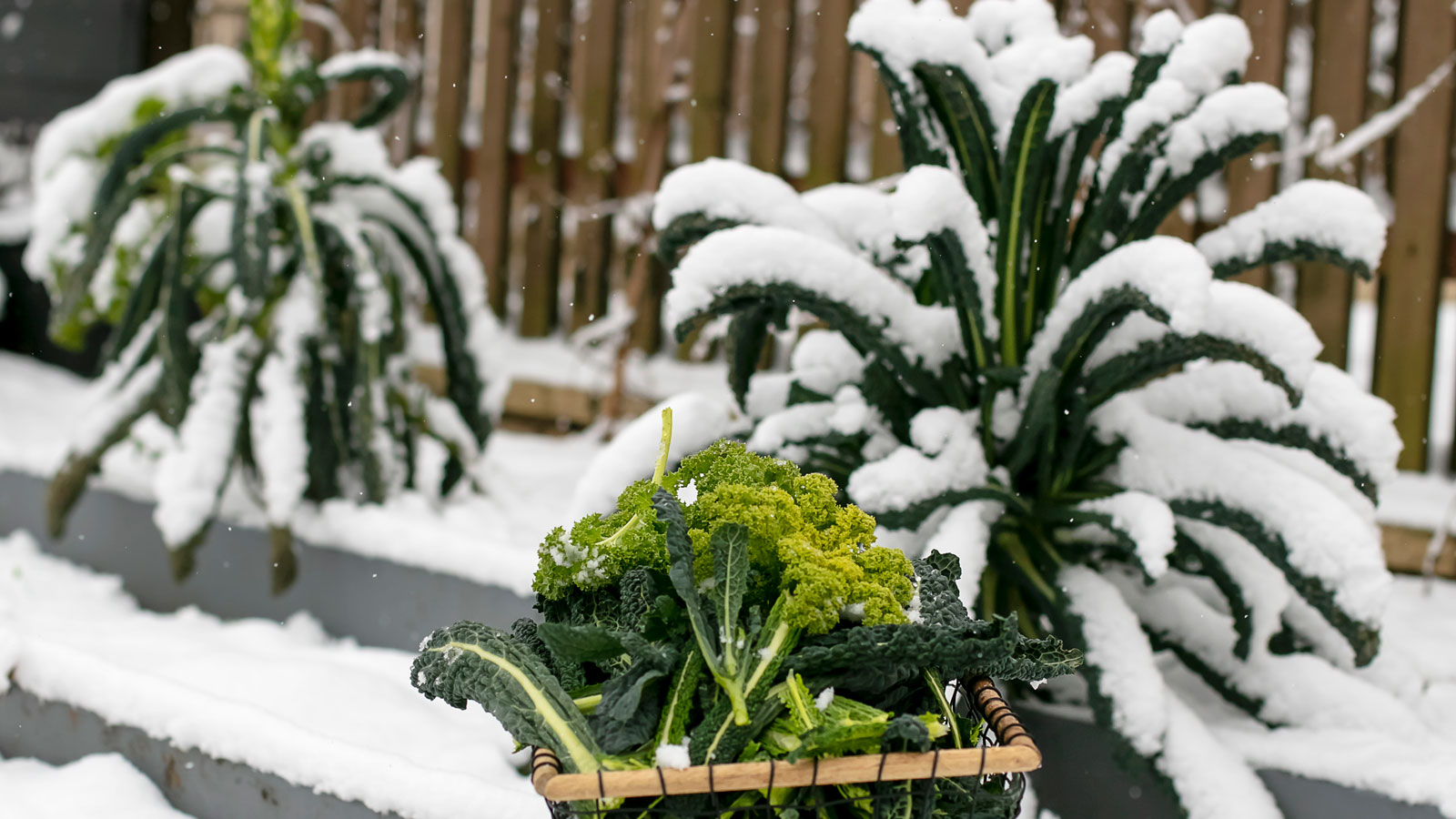
Having a thriving vegetable garden doesn't have to end in fall. With a little bit of prep and know-how you can grow vegetables well into the winter months or even all year round if you live in a warmer climate. But wherever you live, there are a few hero crops that will withstand cooler temperatures, frost, and sometimes even snow.
Familiarizing yourself with the limitations of your growing zone is a crucial step as this will help you narrow your choice when considering what to grow in a vegetable garden in December. Frost is actually beneficial to the taste of some cool-season vegetables, as they become sweeter and more delicious because they produce extra sugars.
'Growing food in the garden when the weather is below freezing, sometimes snowing, and when people think plants can't survive is what makes winter gardening most exciting to me,' says Resh Gala, an urban organic gardener who lives in New Jersey, where she designs and installs edible organic gardens. 'Life wants to live and a garden wants to grow, and if you give it a little help with some season extension tips and tricks, you'll be happily harvesting food even when you thought it wasn't possible.'
Most of us think that our gardening season lies between the last and first frost dates but nothing could be further from the truth. Now find out a selection of our favorite vegetables to grow in December.
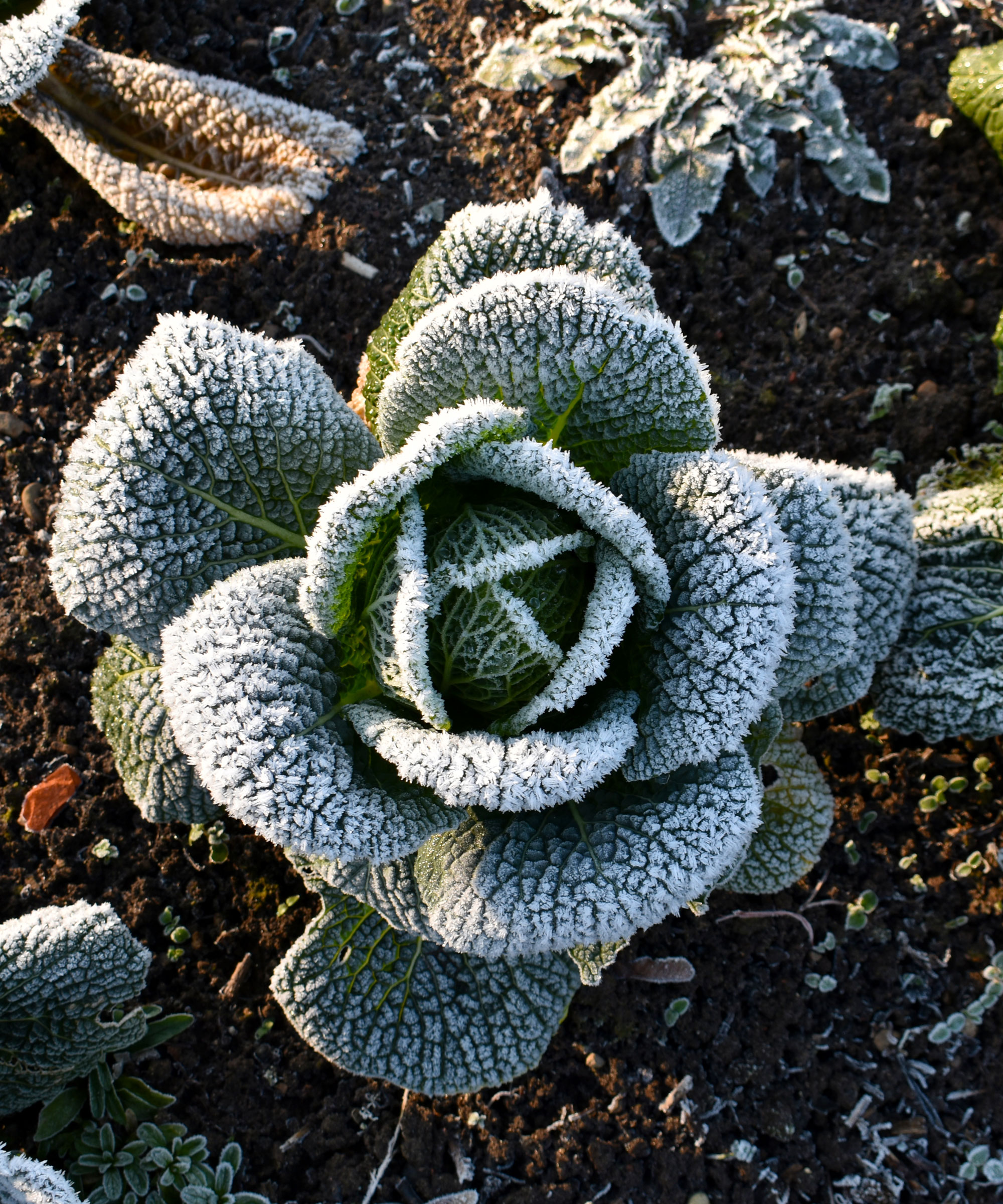
1. Corn salad
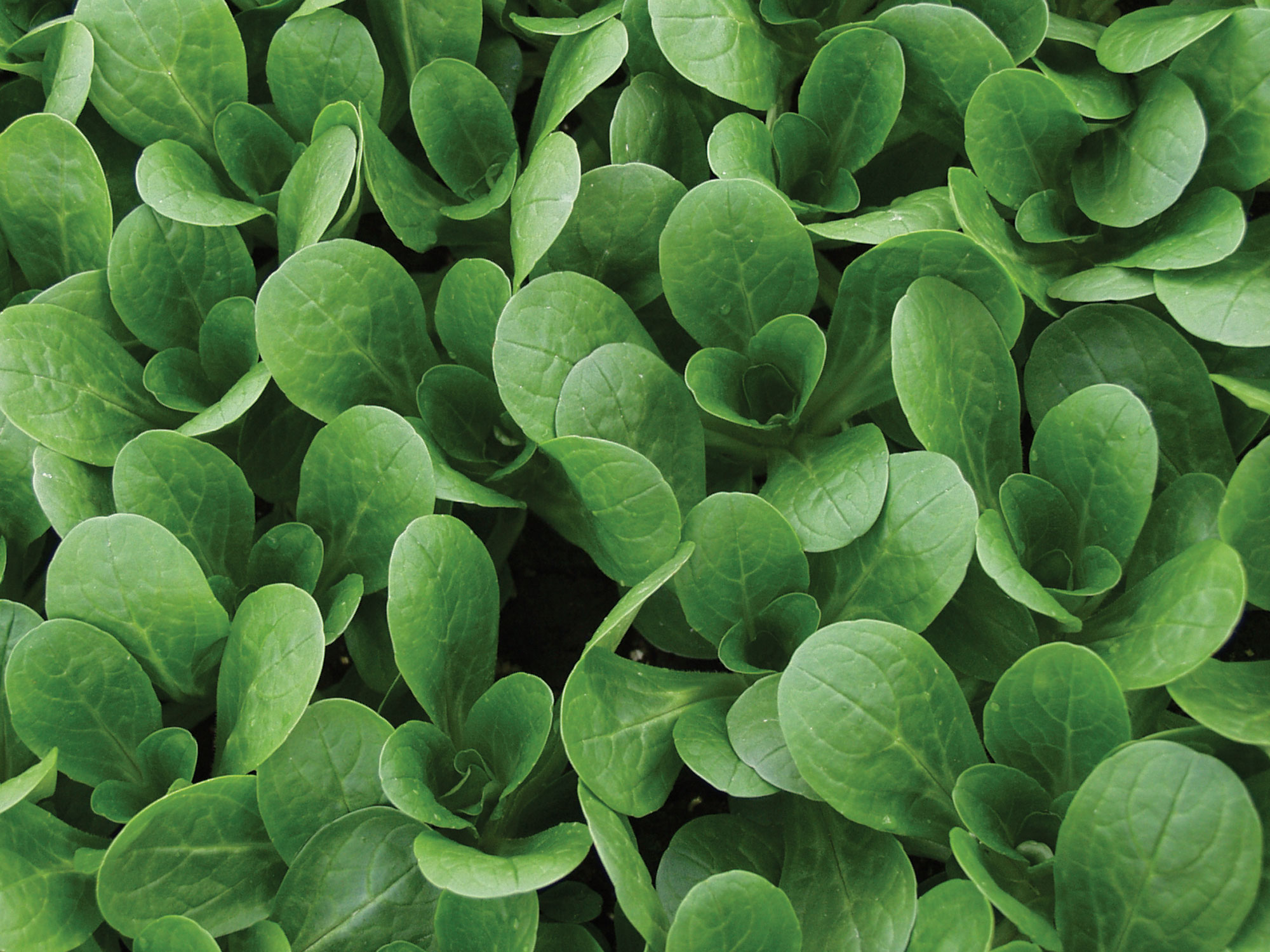
I love to eat fresh green leaves in winter and there’s a great choice of greens that can be harvested throughout the coldest months. My winter salad bowl go-to green is corn salad, which is so easy to grow.
Also known as lamb’s lettuce and mache, corn salad is one of the most cold hardy vegetables of all and has a delicious mild, slightly nutty flavor. It's a great choice for filling gaps in your vegetable beds and they're great vegetables to grow in pots in winter, and can be harvested from October right through to March. You can also do successional sowings right through winter to keep the supply coming.
'Corn salad thrives in the cold weather and keeps growing until spring,' says Nancy Trautz-Awot, horticulture specialist at Burpee Gardening, who are based in Warminster, Pennsylvania. 'It has a slight nutty flavor and is a good source of Vitamins C, A, and B-6. It's very nutritious, tasty in salads and can also be cooked like spinach.'
Easy to grow from seed, you can sow corn salad in the ground where you want it to grow, and it will soon germinate. It is best to sow little and often. Growth is slower in winter because of the cooler temperatures and low light levels but remember the small leaves are just as tasty.
2. Winter radishes
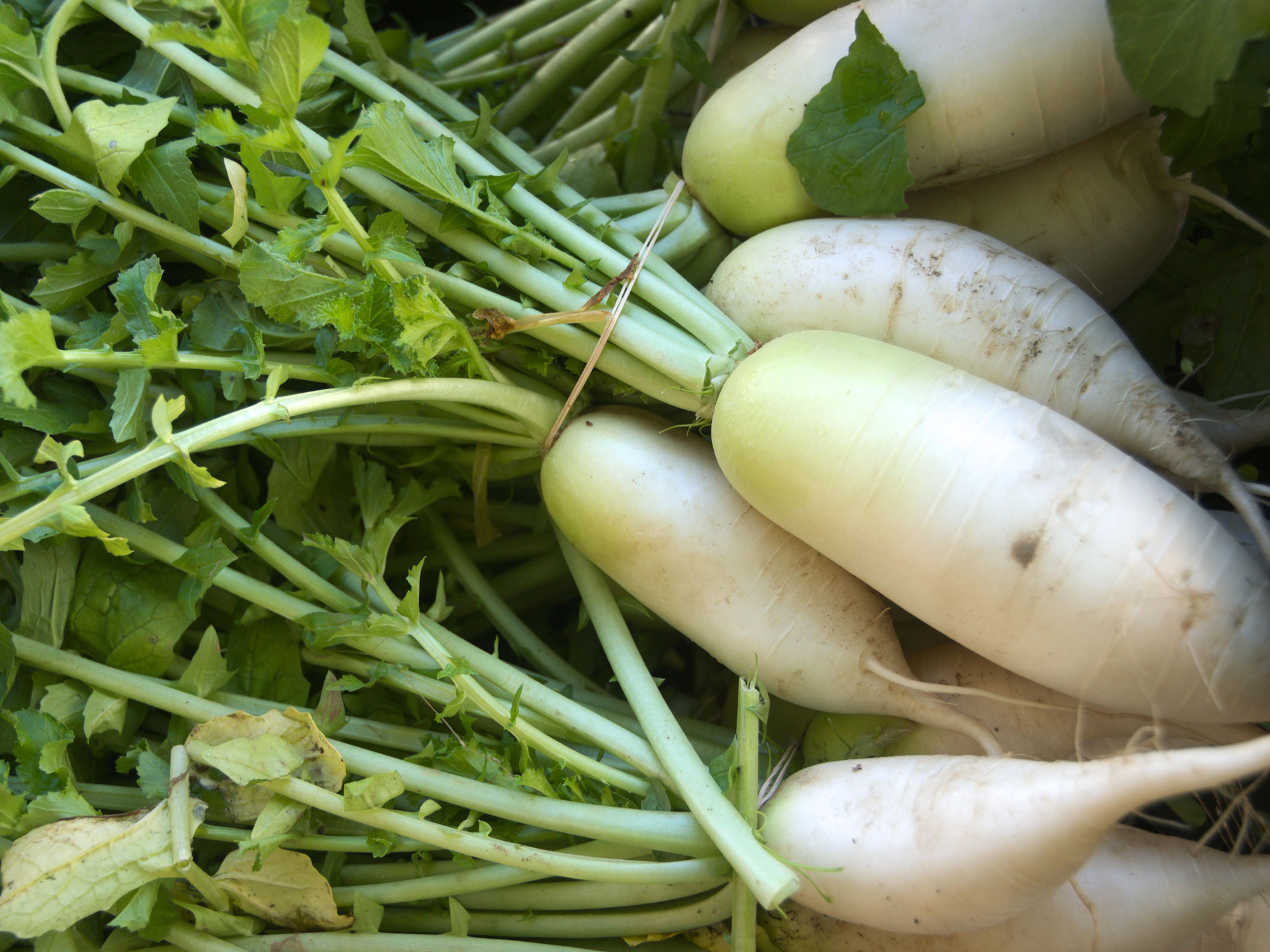
Daikon white radish
Winter radishes thrive in the cooler weather when frost can be a threat to other crops. They can survive hard freezes as well. They are hardy varieties that are larger and slower growing than summer ones. Sown in late summer for harvesting from winter through to spring, they include varieties like Daikon and stunning watermelon radishes, as well as black radishes.
They stay crisp and don’t turn woody, even when they grow big. Rather than adding them to the salad bowl use them in a similar way to turnips and swedes, such as in stews and soups. Winter radishes are leafier than their summer cousins too. The spicy leaves may be used like spinach, and wilted into hot dishes.
Sow winter radishes a little further apart, with at least a foot between rows, then thin the seedlings to leave a couple of inches between each plant - this carrot planting hack can be used for radishes too to get them more efficiently into the ground. They can be left in the ground and dug up as and when you need them right through winter and into early spring. Transparent fleece and other crop covers can be laid over or around plants to protect against cold weather if you think they need it.
3. Asian greens
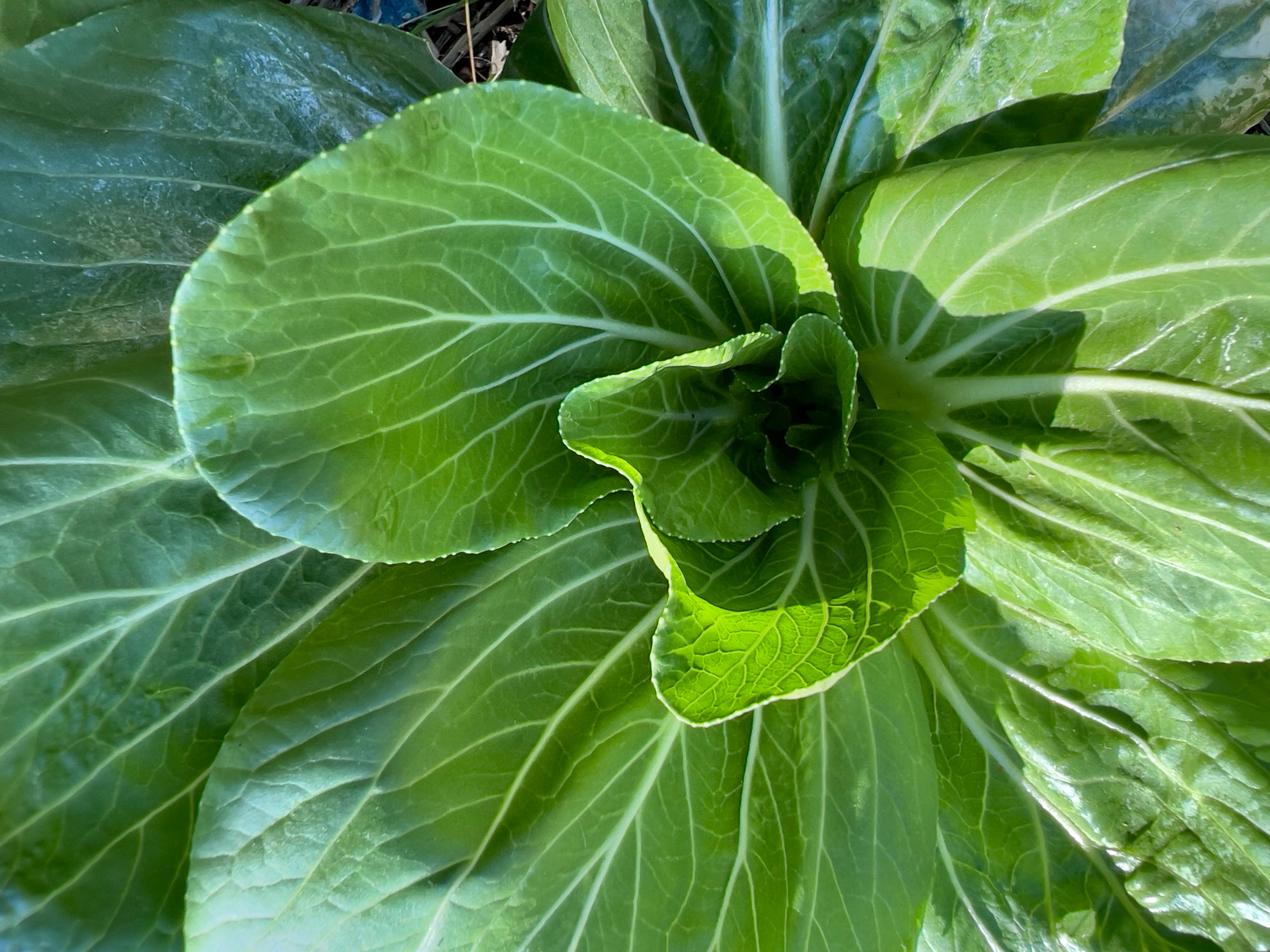
Bok choi
'One of the greatest delights of growing your own vegetables is being able to have right at hand those special items you might not easily find at your regular supermarket. This includes the group known as Asian greens. They are easy to grow, very nutritious and delicious, and are cool season plants that can handle a wide range of temperatures,' says gardening author Maggie Stuckey, who divides her time between Portland, Oregon, and the coastal town of Ocean Park, Washington. Her book the The Container Victory Garden can be found here on Amazon.
If you have a small vegetable garden, the good news is that Asian greens have a compact, vertical growth that means they can be planted closely together, and they grow well in pots too if you live in a colder climate and want to move them into a sheltered spot if a freeze threatens.
Choose from mizuna, pak choi, bok choi, and tatsoi, all of which can be eaten raw or cooked. Grown primarily for their leaves they all respond well to the harvesting process called cut and come again. 'It's just what it sounds like: cut off some of the leaves, and others regrow in the same spot,' explains Maggie. 'If you've never tried it, be prepared to be amazed.'
Try sowing seeds in a small container in a sunny spot. When the seedlings are about 3 inches high you can transfer them to a bigger container or the ground, where they will grow quickly and steadily as the weather gets warmer.
4. Leafy greens
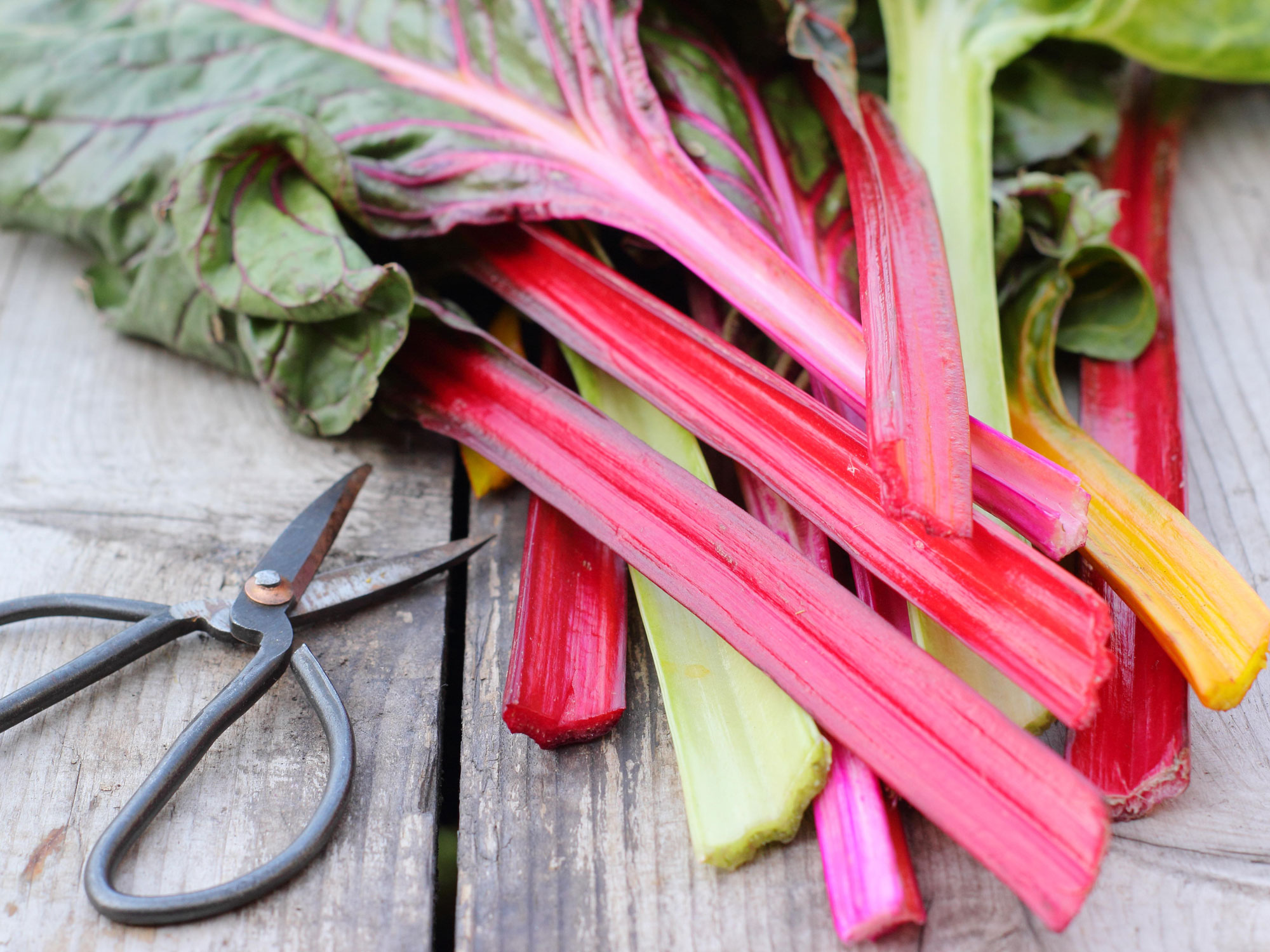
Swiss chard 'Bright Lights'
Other good vegetables to consider during this time are what's known as leafy greens such as spinach, chard, kale and mustard. They help to bridge the gap for growing all year long. As a group they do best in the cool season and many will tolerate the full range of weather patterns including very cold winters.
'Start with transplants if you can or direct-sow seeds if you cannot,' suggests Maggie Stuckey. 'Most leafy greens are rapid growers, some as early as twenty days, although thirty to forty days is more typical.'
Maggie recommends trying a multi-colored stem variety of chard like 'Bright Lights' which does well in almost every season and climate, and doesn't wimp out in the cold. She suggests a frilly variety of kale called 'Green Curls' that does especially well in containers and is very hardy.
Many people think mustard greens taste better with a little frost and they tolerate cold weather just fine, especially the variety 'Green Wave'. Spinach germinates readily in cool weather and will thrive, whereas it hates hot weather. if you are gardening in containers try a baby leaf variety like 'Little Hero.'
5. Herbs
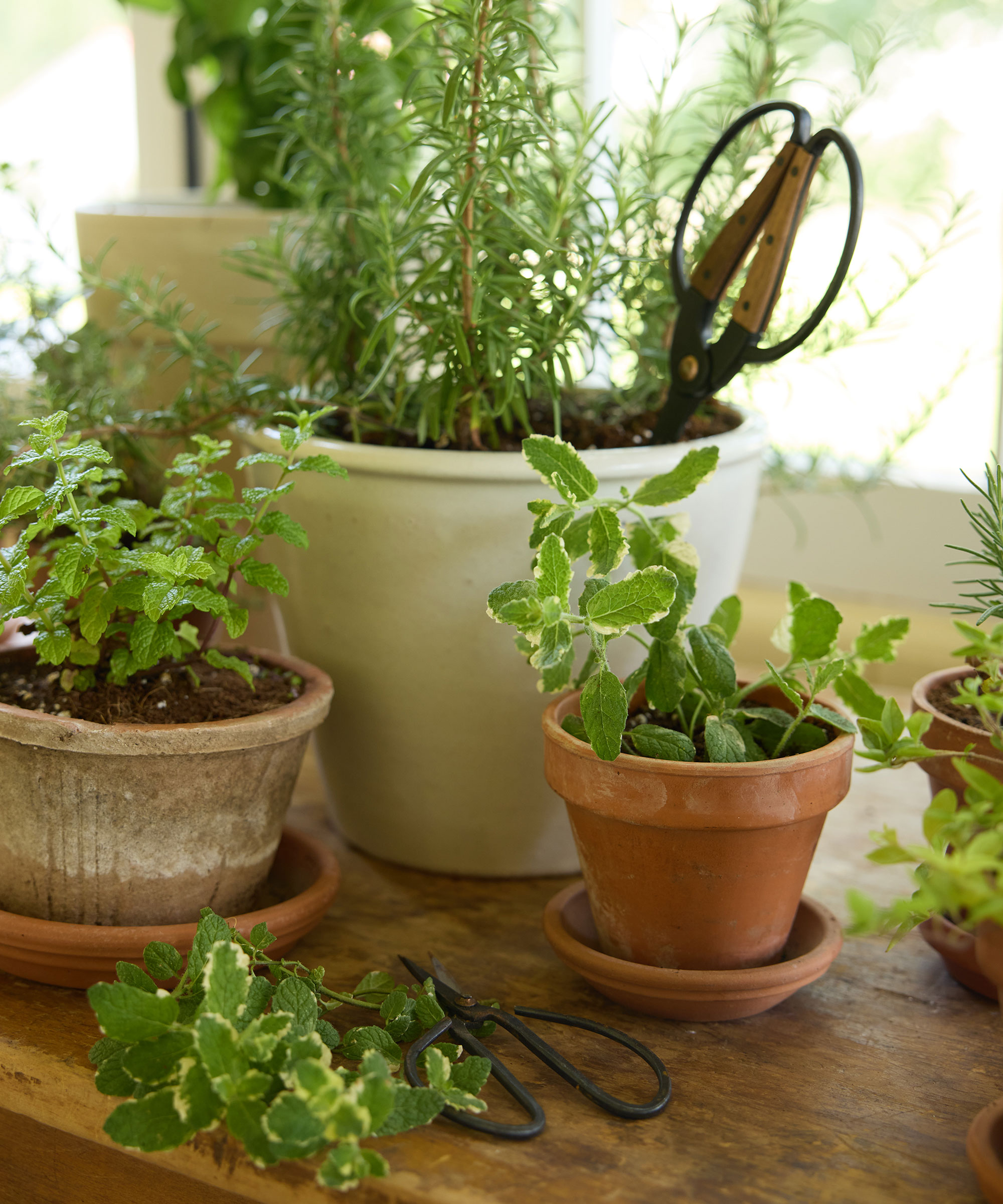
Growing herbs on a windowsill is an excellent way to extend your gardening efforts into the winter season. I like to leave mine outside until the last possible minute then bring them into the kitchen to keep them going as long as I can. These versatile plants will thrive indoors, tolerating the lower humidity and conditions of your home.
'Herbs are beginner friendly, requiring only good quality potting soil and a sunny window or plant lights,' says Nancy Trautz-Awot. 'It's important to keep the soil barely moist and avoid over watering. Water the herbs when the soil begins to feel dry. I like to use 6 inch pots inside, you can also use larger pots but smaller pots may cause stress and hinder plant growth.'
Rosemary is a good choice for winter herb gardens. Before the first frost, dig up your rosemary bush from the garden and bring it indoors for overwintering. Rosemary needs cool and moist conditions in wintertime, as well as a good amount of sunlight. You can sow seeds but germination is often slow and plants can take several years to grow large enough to start harvesting. It’s much quicker and easier to start cuttings from existing plants.
Nancy suggests growing a selection of basil, chives, parsley and cilantro. Directly sow a few seeds into each pot according to the directions on the packet. Position in a sunny spot and keep the soil moist. Once sprouted thin to 4-5 plants per pot, except for the chives which can be left as they are. It's an easy way to guarantee fresh herbs all winter.
What crops can I grow in the snow?
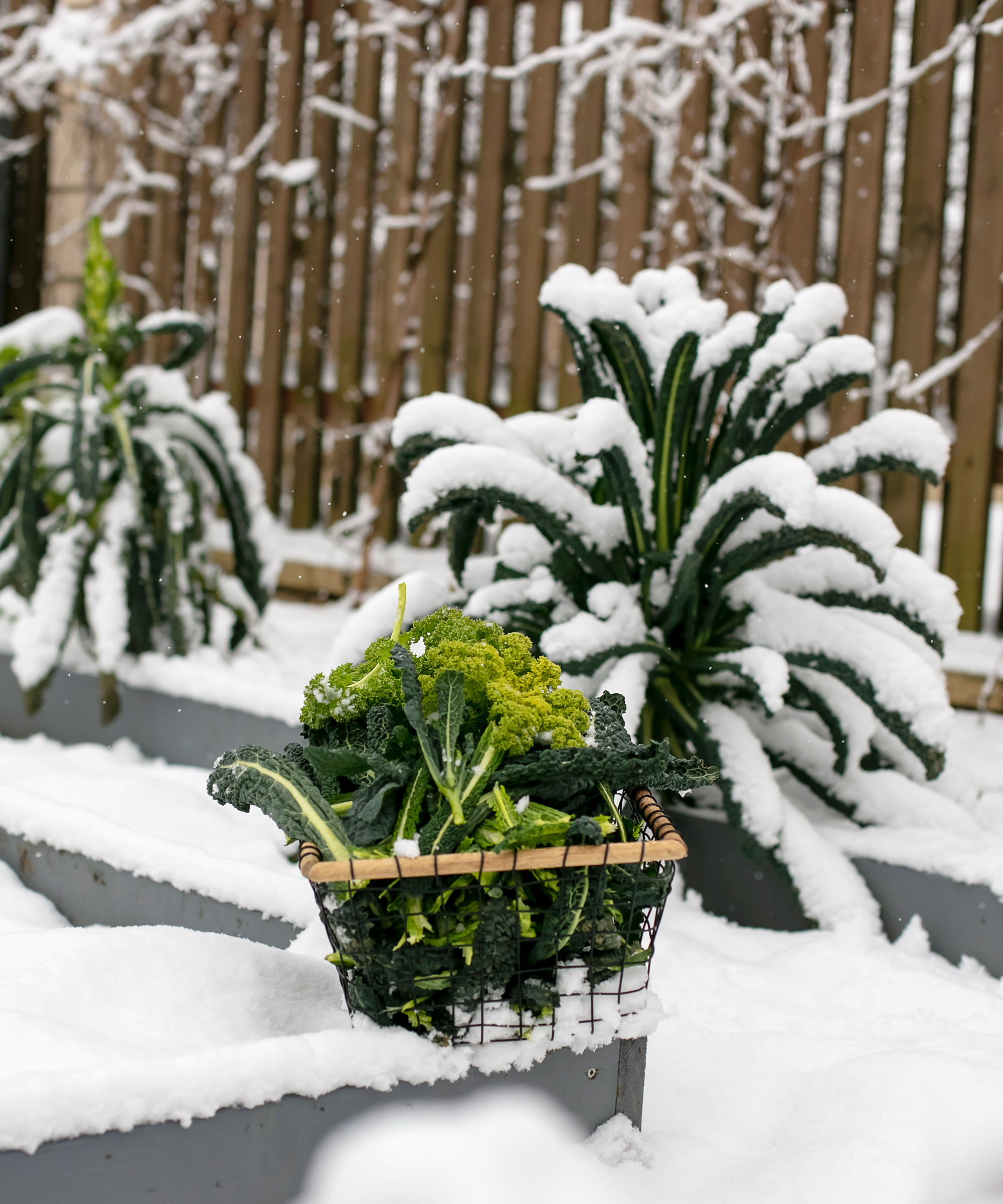
Cavolo nero and kale are excellent cold hardy vegetables
The good news is that there are some super cold-hardy crops you can grow in the snow. 'The plants you choose to grow in your winter garden will depend on your weather and climatic conditions and the type of cover or protection you can provide,' says Resh Gala, whose new book Vegetable Gardening Made Easy is available from Amazon. 'Super-hardy crops that can survive temperatures below 28°F are spinach, kale, cilantro, parsley, mustards, radishes, carrots, cabbage, broccoli, Brussels sprouts, collards, leeks, parsnips, turnips and finally garlic, which is the only crop that doesn't need protection.'
It's important to know how and when to plant winter cropping vegetables. As temperatures start to drop and sunlight hours reduce in winter in the northern hemisphere, plant growth slows down significantly and sometimes even stops completely.
'They key to harvesting food in the snow is to ensure that plants are large and well-established as they head into the cold winter months, to give them a fighting chance of survival,' adds Resh. 'Finally, add some mulch and a layer of cover or protection to keep the plants warm and toasty.'
So there you have it – what vegetables grow in December even if it snows.
Be The First To Know
The Livingetc newsletters are your inside source for what’s shaping interiors now - and what’s next. Discover trend forecasts, smart style ideas, and curated shopping inspiration that brings design to life. Subscribe today and stay ahead of the curve.
Lifestyle journalist Sarah Wilson writes about flowers, plants, garden design and trends. She has studied introductory garden and landscape design and floristry, and also has an RHS Level 2 qualification in the Principles of Plant Growth and Development. In addition to homesandgardens.com and livingetc.com she's written for gardeningetc.com, Real Homes, Modern Gardens and Country Homes & Interiors magazines. Her first job was at Elle magazine, during which time a trip to the beautiful La Colombe d'Or in St-Paul-de-Vence led to an interest in writing about all things botanical. Later as lifestyle editor at Country Homes & Interiors magazine the real pull was the run of captivating country gardens that were featured.
-
 Pleated Lampshades Are the Silhouette of the Season — I've Found 9 For Well Under $100 (You'll Never Guess Where)
Pleated Lampshades Are the Silhouette of the Season — I've Found 9 For Well Under $100 (You'll Never Guess Where)Leave it to Walmart to bless us with a collection of stunning pleated lampshades — proving this old-fashioned feature can look fresh and modern
By Devin Toolen
-
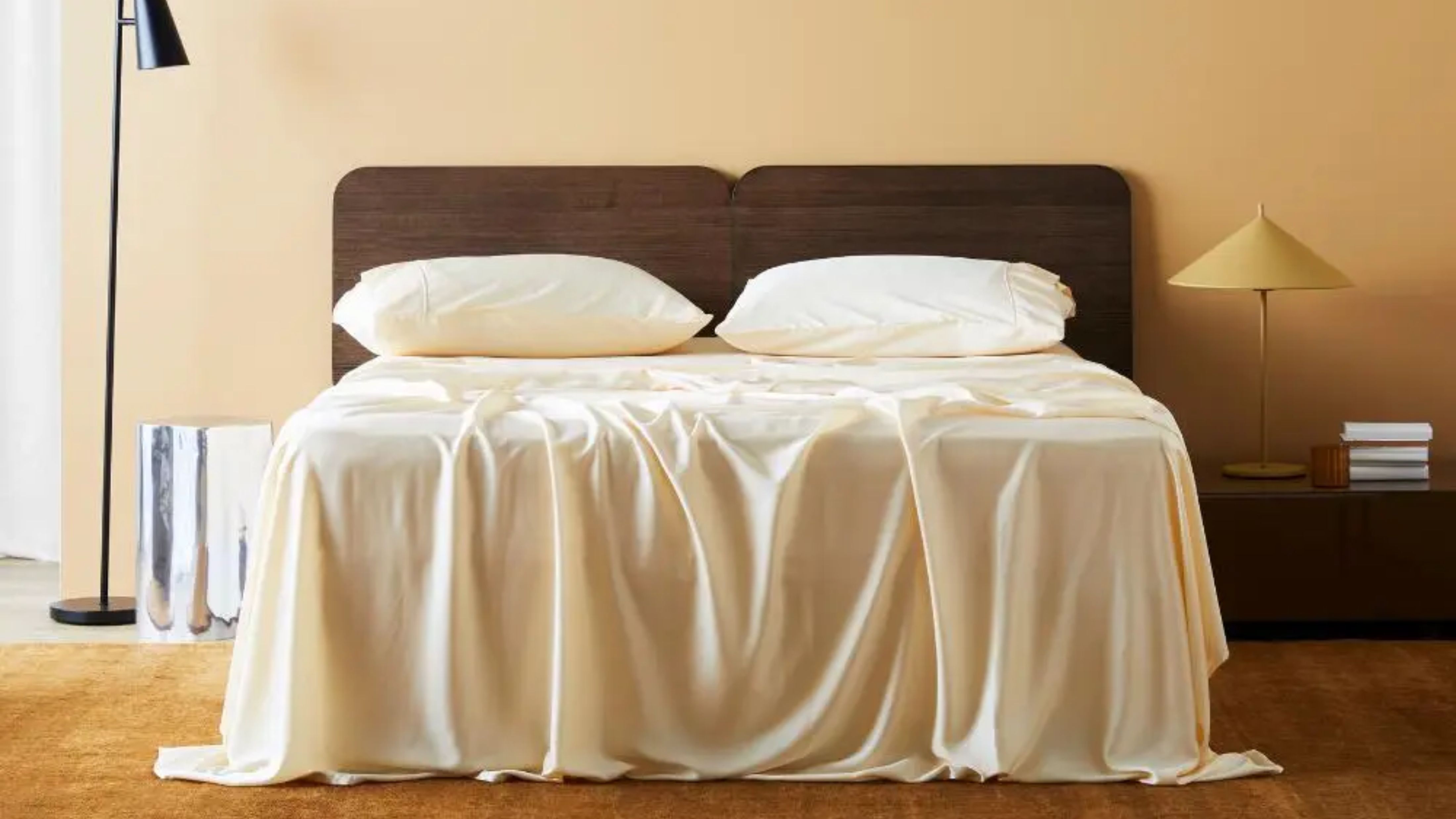 I Found the "Healthiest” Bedding for Earth Month — Why Ettitude Is the Sustainable Sleep Label to Know
I Found the "Healthiest” Bedding for Earth Month — Why Ettitude Is the Sustainable Sleep Label to KnowSofter than silk and smarter than cotton, Ettitude’s innovative take on bedding delivers luxury with a conscience
By Julia Demer
